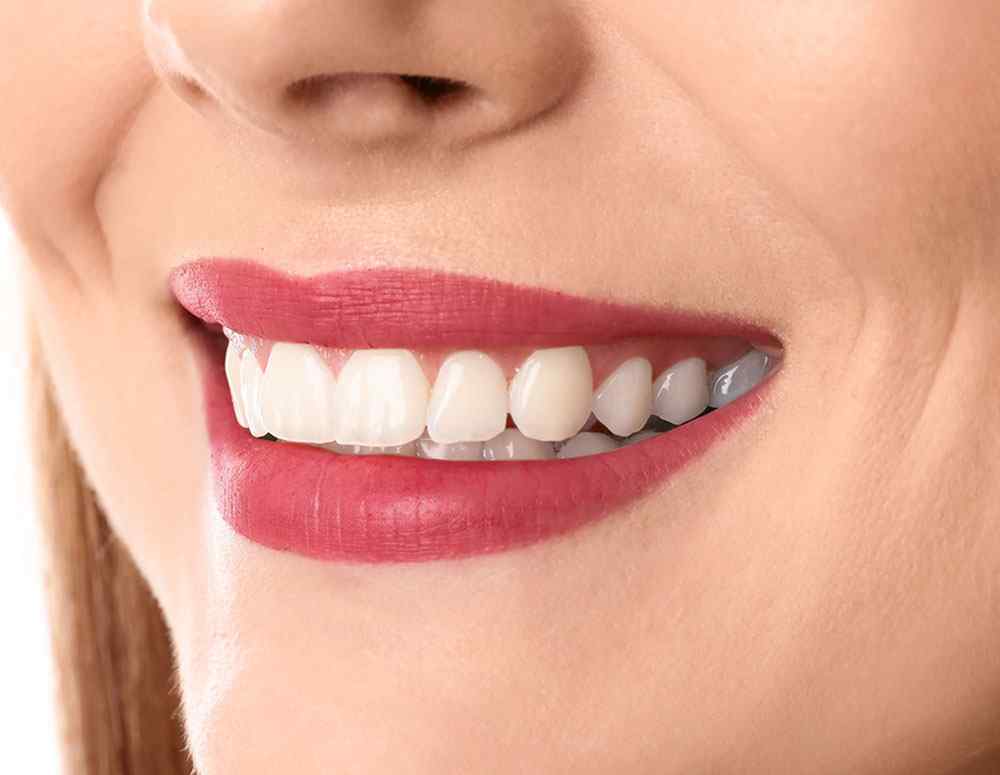What Exactly Is
Gingivitis & Periodontitis?
Gingivitis is the early stage of gum disease. It happens when plaque builds up on your gums. Plaque is a sticky film of bacteria, and If you don’t remove plaque, it can harden and turn into tartar. Tartar is a hard deposit that needs professionals to remove.
Periodontitis is the more severe form of gum disease. It occurs when the gums are infected with bacteria and start to pull away from the teeth. It creates pockets between the teeth and gums that become filled with plaque and tartar. As the disease progresses, the bone around the teeth can start to break down. Periodontitis can eventually lead to tooth loss.
There are different treatment procedures available for gingivitis and periodontitis. The most common include:
Scaling and root planing: This deep cleaning removes tartar and plaque from the teeth and roots.
Gum surgery: In severe cases, gum surgery may be necessary to remove damaged tissue and bacteria.
Antibiotics: Prescribed to help control the infection.
Antibacterial mouthwashes or gels: These can help reduce bacteria in your mouth.
Tooth extraction: In some cases, tooth extraction may be the best option to prevent further damage to the gums and teeth.
Oral antibiotics: To kill harmful bacteria in your mouth, it used.



This procedure involves removing all the pulp in the pulp chamber temporarily for the sake of pain relief. Pulpectomy is typically called for when pulpotomy isn’t an option and all of the tooth’s pulp has become infected, inflamed, and disease-ridden. After removal, the canals are medicated and cleaned.
Sometimes, dentists do pulpectomy on primary or milk teeth. In such cases, the pulp is replaced with resorbable material. This is the recommended course of action for irreversible pulpitis on redicular and coronal pulp as well as primary molars that are abscessed.
DentiCare Services
Get In Touch With Us
Book An Appointment
Book a visit to Aurora Dental, simply fill out the form below and we will contact you back regarding the intervention you require.
